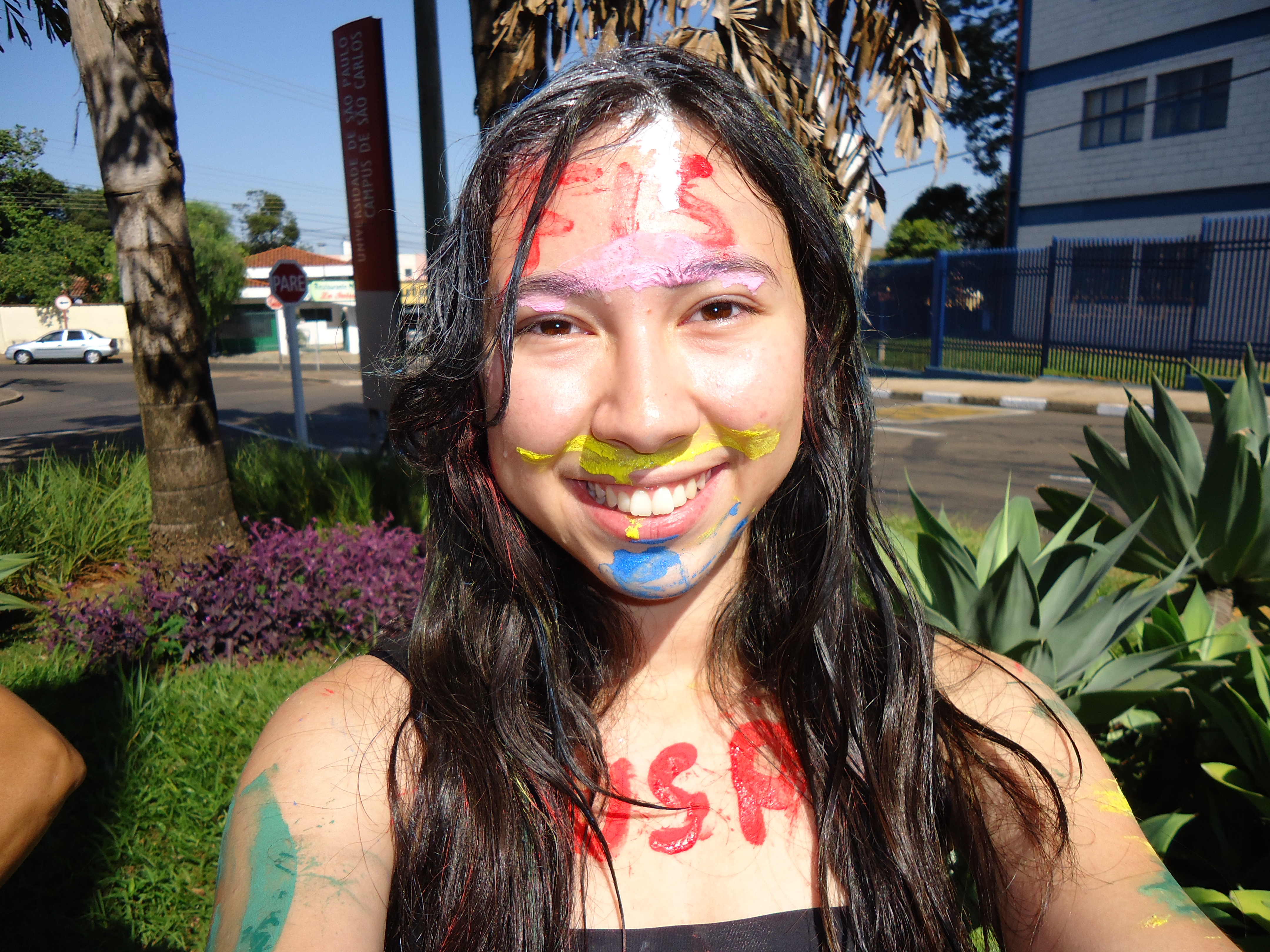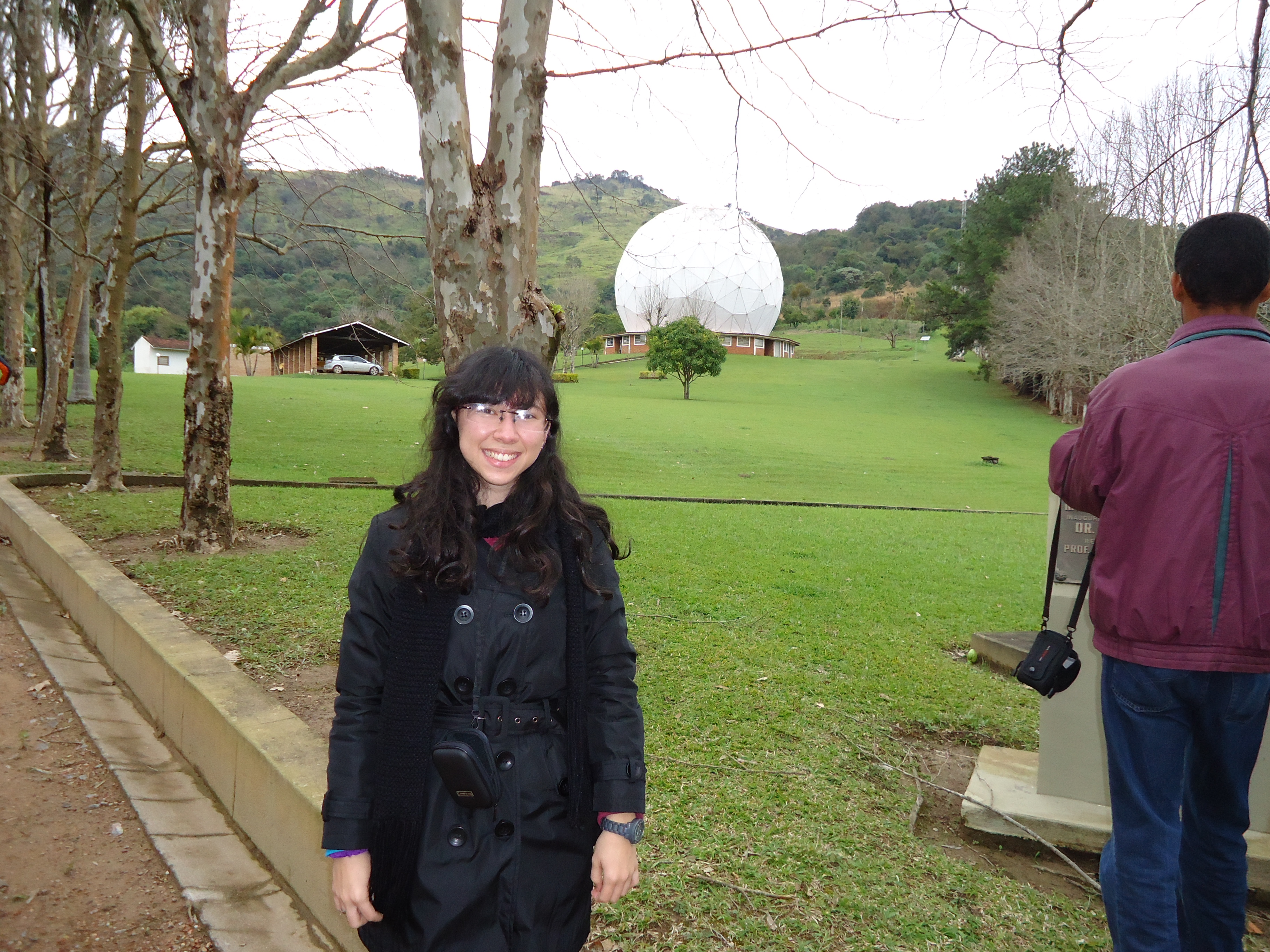10 years from my undergraduation in Physics
Published:
In this post I bring a flashback from my undergrad in Physics, because this year (2022) I am completing 10 years from the beginning of this wonderful journey! What is written here is only my personal experience and does not reflect what happens with all the students. First, because I am old (a lot has changed at USP - the university where I did my undergrad - and in the proper major of Physics by there) - and (of course) because it is different, between the different majors.
When did it start?
In the homepage you can find a little about how and why I decided to do Physics. Thus, I can start with the day of my registration as a Physicist student, at USP. Yeah, it happened on February 8 of 2012 and I was only 17:
Figure 1: My first pic as a Physicist student, right after complete my registration
My reception was composed by the formal registration (where I needed to present all my documents, grades from high school and etc) and the seniors reception (where I was ‘painted’ and became like in the above picture). In a class of 40 students, only 5 were women. After that I was on vacation (watching Cosmos and riding bicycle), coming back to the University only in the ‘week for the new students’, that happened in the last week of February. This week had a lot of activities coming from meet and talk to the Physics’ coordinator, watch some special lectures (including my first formal contact with General Relativity), games to parties at night. However I skipped almost all of them, using the time to know the library and search for the books to use in the course. Looking back, now I see that I could have used the week to meet more people, but, it happens. At that time I was frustrated because I was confirming that I would not learning anything of Quantum Mechanics until the third/fourth year and the books of this subject seemed Greek for me. Only a thought keeped at the top of my mind: ‘Would I will be able to understand those things some time?’.
The first year
2012/1
The course started oficially on March 5. And it couldn’t have started any better. I had the following disciplines:
- Physics 1: The lecture of this discipline was the first formal lecture of my undergrad. I had the opportunity to start to think as a Physicist, how to approach the problems in a more formal way, to quantify, to estimate, to touch the problems while we learn the beginning of Classical Mechanics. We mostly followed the Moyses’ book;
- Calculus 1: I could discover what Math really was and realized that it was the basis for all of the Physics that I was starting to learn. Not only by coincidence, thanks Newton. In the beginning I thought that Calculus was really hard: I was afraid with limit definitions, the proofs and theorems and we only learn about the one variable stuff. We mostly followed Guidorizzi’s book. It was not directly as it was in high school. But I managed to comprehend all that formalism up to the middle of the semester;
- Analytic Geometry with an Introduction to Vectors and Matrices: I loved this discipline because, compared to Calculus, I could really see what was happening. I can say that I almost could “talk to the vectors”. We followed Murdock’s book;
- Introduction to computer programming: I started to learn
C. We used the Schildt’s book. At that first contact with programming I couldn’t guess how I would love this, in the future; - Topics on Contemporary Physics: I had my first look about what Physicists really do. The discipline was build with talks of Physicists from academia and market from optics to quantum field theory;
The first semester was totally amazing to me. I finally realized what was to study in an University, moreover, a public one; I learned how to study (it was not only read the notes from the lectures and do one or another exercise - I started to look in different references, do different and lots of exercises, start to talk with the classmates, monitors and professors) and I made some really good friends, who have been with me since then. Almost forgeting, I started my first scientific initiation at that time too.
2012/2
The second semester of 2012 was marked by knowing the basic unit of the Physics - the harmonic oscillator, the beginning of the experimental labs and the first chemistry discipline:
- Experimental Physics I: my first Physics discipline in laboratory. It was really good to apply almost everything that I learned in Physics 1 over there, making a report for each practice in a notebook (yeah, the Professor asked for all the reports written by hand). I learned how to write an experiment report, puting in practice the scientific method. I loved to measure the local $g$, finally discover about errors in the measurements and their propagation…but I hated to use millimetric paper;
- Physics 2: continuing the basic Physics, following again Moyses’ book, I discovered the most important entity of the Physics – the harmonic oscillator (Hooke’s law), the dumped oscillator, fluids and even the beginning of thermodynamics;
- Calculus 2: continuing the basic Calculus, following Flemming’s book, with more than one variable, I started to love Calculus. Maybe because I got the point from Calculus 1? I really don’t know yet;
- Linear Algebra I: I had the first contact with the “real” math used in Quantum Mechanics. It was really hard at the beggining but I could follow the way. We used the amazing Zani’s notes;
- Chemistry Fundaments for Physics: I learned some more in-depth stuff that I had seen in high school. We used the Atkin’s book.
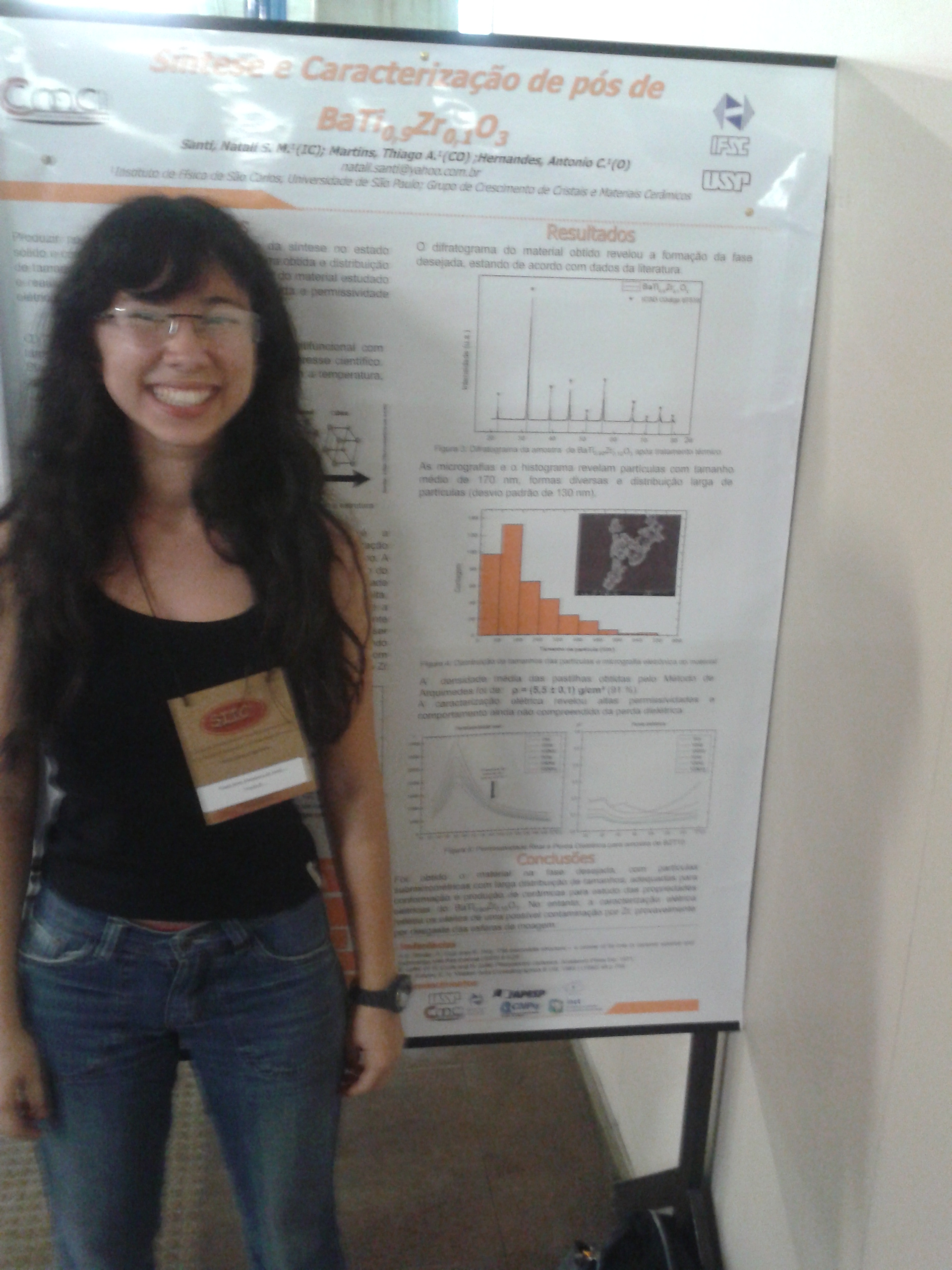
Figure 2: A pic of me, presenting some results from my first scientific initiation
And yes, I had survived my first year in Physics. At the same time, I completed my first scientific initiation in experimental physics, deciding to switch to theoretical physics in the second year. After the first year I had the longest vacation of my life, when I got my driver’s license.
The second year
2013/1
The second year started with me discovering the magic behind the Eletromagnetism and finally knowing the famous Fourier series:
- Experimental Physics II: my second Physics discipline in laboratory. It was similar to Lab I, however we worked with experiments of Thermodynamics and oscillators;
- Physics III: I started to use Calculus II in beautiful things like to compute the electrical field (by definition), Gauss law; discovered the Maxwell equations (to see the formalism behind the junction of the eletric and magnetic fields), in their integral version and learned how to really undestand the circuits, solving their differential equations. Again we mainly used Moyse’s book;
- Calculus III: I finally got in touch with series (the heart behind our small approximations) and I ‘discovered’ the Fourier series. I mostly followed the Guidorizzi’s book;
- Vibrations and Waves: I continue to see, the harmonic oscillator and a lot wave equation, following the French’s book;
- Introduction to Mathematical Physics: where I finally started to learn the math behind the Physics, by physicists. I learned about the famous Ordinary Differential Equations (ODEs) and the world of the complex variables;
- Chemistry Laboratory for Physics: where I put in practice some experiments related to the first Chemistry discipline;
- Materials Chemistry for Physics: where I could learn a little more about the other side of material sciences;
Figure 3: A pic of me, next to the radio telescope of Atibaia now known as Pierre Kaufmann telescope
In the July of 2013 I finally know the The Institute of Astronomy, Geophysics and Atmospheric Sciences (IAG) of USP, city of São Paulo, in a course of Introduction to astronomy and astrophysics. I could finally learn more about Astronomy and really see that, doing Physics, I could be prepared to go for this area in the future.
2013/2
I was not expecting, but my love for FORTRAN was going to arise in the second semester of 2013 and that semester marked my transition from Windows to my loved Ubuntu:
- Experimental Physics III: my third Physics discipline in laboratory. I felt like the real Nikola Tesla in the lab;
- Classical Mechanics I: at that time I discovered the amazing Noether’s theorem and what a Lagrangian and a Hamiltonian were. That discipline triggered me to know more about Quantum Mechanics and Quantum Field Theory. People said that this was the discipline that separated boys from men. Well, it all worked out!
- Physics IV: and the light (and optics) came on. I glimpsed Relativity and Quantum Mechanics. Again we mainly used Moyse’s book;
- Introduction to computational physics: yeah, young people can program in
FORTRANtoo! If I didn’t connect so much withC, my fellings by FORTRAN were huge. My eyes have opened to the idea to solve the Physics problems using programming, from solving simple ODE’s, the resistive effect of air on bicycles, up to compute orbits of planets. We mostly used the book Numerical Recipes in Fortran; - Numerical calculus: and I didn’t leave
Caside because in the same semester I was in contact with how to solve math (Newton’s method, Jacobi method, Runge-Kutta, etc) problems using programming. Really, I was passionate about to learn how use the computers to do math. We mainly used the Burden’s book
One more year as a survivor and 2013 just flew by. And it marked the beginning of my passion by programming to solve Physics problems. And, this led me to my start my second scientific initiation, where my first mission was to learn and implement the Numerov’s method, to undestand the quantum harmonic oscillator. Of course it was concluded only in 2014 and I learned a lot of Quantum Mechanics, starting to learn about Particle Physics and Quantum Field Theory as well.
The third year
2014/1
The third year in Physics started in 2014. If you are reading this post as a Physics student you probablily already heard that the third year is the most problematic, the hardest one. And I can confirm this statement. However, even almost becaming a zombie, this year was amazing. Let’s start with the first semester:
- Experimental Physics IV: it was my last Physics discipline in lab. Because of this discipline I started to love
LaTeX(my group and I wrote all the reports using it and I discovered one of the machinery that changed my life, as a researcher). I finally worked with difraction and guys, it is beautiful; - Eletromagnetism I: finally, the Maxwell equations in their “naked version” by real; the Dirac’s delta; and the fabulous Poisson’s equation and theirs different solutions (Green, image methods) and the infamous Legendre’s polynomials. Wow, it is important to say that we have focused in the Physics (mostly static fields) to use all those math stuff using the amazing Griffiths’ book. It was hard, however, after being used to all this math, you can realize how beautiful it is;
- Modern Physics I: in this discipline I started the journey of a Physicist student in the “advanced” topics. I learned a little about special relativity and black body radiation. We mainly followed Eisberg’s book. This discipline was discontinued some time later;
- Classical Mechanics II: it was the discipline that really have prepared us for Quantum Mechanics, because we reviewed all the formalism of Lagrangian and Hamiltonian theory in the point of view of the field theory going up to the quantization of the electromagnetic field. Of course we saw things like Lagrange multiplier as well. And we followed the Walecka’s book;
- Mathematical Physics I: it was the formal first part of the discipline of the math behind the Physics, by physicists. Really hard, because we had this at the same time of Electromagnetism 1, without the physics following a continuum line of thinking. We learned about complex variables, conformal and Mobius transformations, complex integrals, Dirichlet and Neumann problems, Spherical Harmonics, Legendre Polynomials (with all those properties), residues and Laplace transformation. There is none official book was the famous Butkov’s book, however I used a lot the books from Schaum’s collection;
- Special Relativity: this was a not formal discipline that I have attended because I needed to have done Modern Physics I before being able to do this. However I attended as a special student and this is not formally on my educational history. We mostly followed Rindler’s book using the four-vector’s notation. We studied things like the invariant interval, the Minkowski spacetime, relativistic dynamics, the Stress-energy tensor uo to covariant eletromagnetism.
2014/2
The second semester was composed by the following disciplines:
- Eletromagnetism II: we continued following the Griffiths’ book, starting studying electromagnetic induction, coming to electromagnetic waves, wave guides and coming to retarded fields and potentials and radiation (which we have mostly followed Marion’s book);
- Modern Physics II: as well in Electromagnetism, we continued following the same book, Eisberg. We learned topics related to Quantum Mechanics birth, as charge quantization, photoeletric effect, atomic models, de Broglie waves, Heisenberg’s uncertainty principle and Schorodinger’s equation;
- Laboratory of electronic: this discipline was really interesting because we saw what things beyond the classical circuits, we saw what is called as digital electronic. So, we experienced topics like diods, retificators, transistors and amplificators;
- Mathematical Physics II: we continued following Butkov’s book and learned things like Dirac’s delta, the famous Fourier transformation (and, at that time, I couldn’t imagine how much I would use it), Green and Hermite polynomials. Yeah, the math functions used in Quantum Mechanics;
- Thermodynamics: in this discipline I followed the first textbook in spanish, the Sear’s book. We started with the perfect gas, passed to Van der Walls, studied the realtions between the variables, the transformations, the laws of thermodynamics, entropy and Legendre tranformations. At that times I couldn’t imagine that black holes had thermodynamics properties, what I figure out a little after.
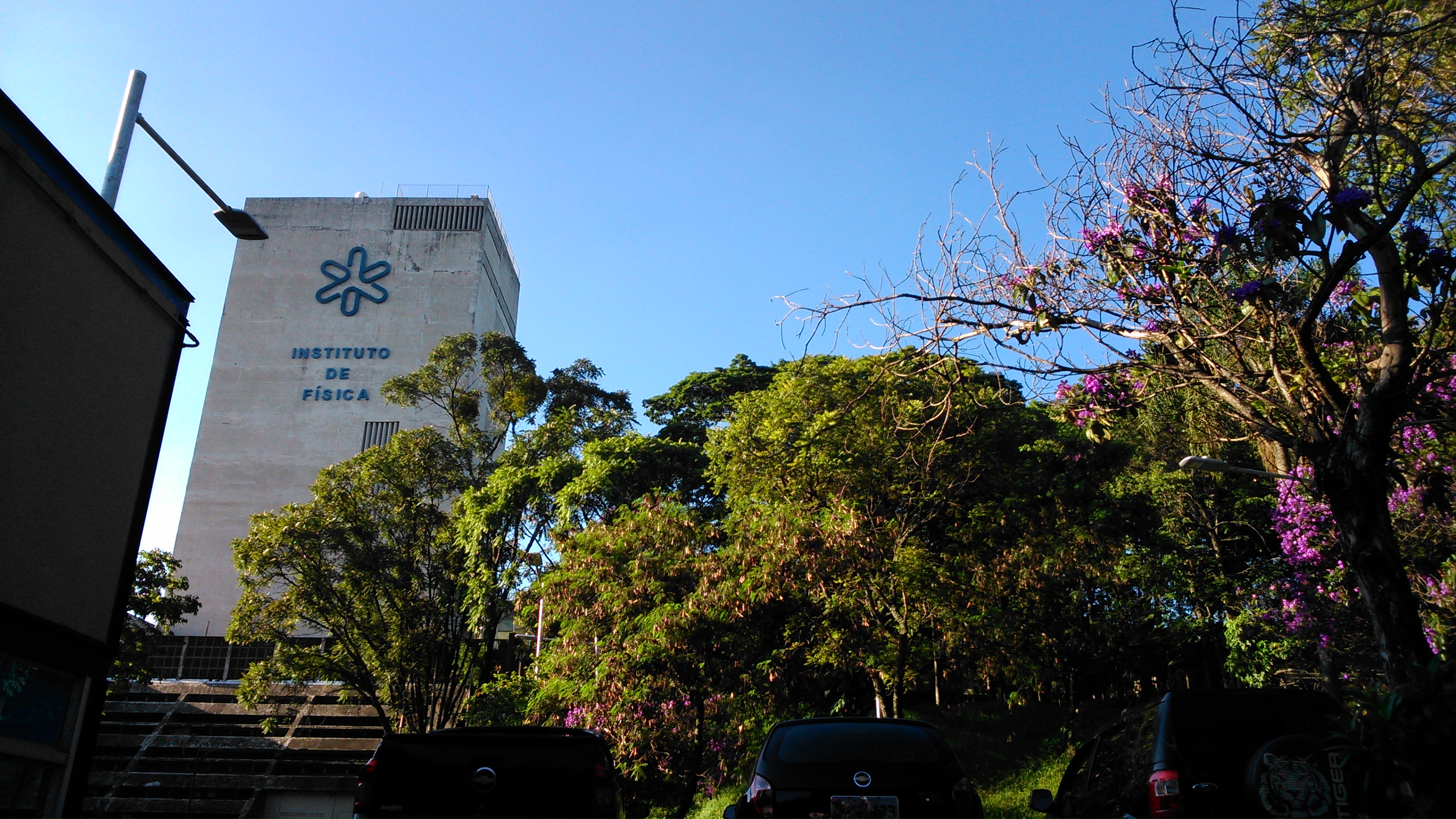
Figure 4: A pic of the Institute of Physics - IFUSP, taken by me
And then, for the surprise of everyone, I was alive after the third year in Physics. And, at that summer, I finally known the Institute of Physics, at São Paulo, the place where I work now, in the PhD. The program of the event had the intuit to show the research at the Institute and I learned stuff from Particle Physics, accelerators, molecular Physics and Condensed Matter Physics.
The fourth and last year
2015/1
Suddenly, I was at the last year of my undergrad. I didn’t think I could get there and, so, there I was. The first semester was the following:
- Quantum Mechanics I: after all those years waiting, I finally met the real Quantum Mechanics, following the famous Cohen-Tannoudji’s book, but I prefered to use Griffiths’ book. We have started with black body radiation and de Broglie principle; then, we have gone to the Schrodinger’s equation, and the vectorial formalism, using the operators and the postulates of the Quantum Mechanics. By May, we achieved the Quantum Harmonic Oscillator, viewing the analytical and the algebric solutions (but I have already in touch with it, due to my scientific initiation). Finally, we discovered the spin;
- Advanced Physics Laboratory I: this discipline (and the second version of it, at the second semester) fills the whole of a conclusion work. The idea was to perform experiments related to Modern Physics each one or two weeks (as to measure the speed of light, black body radiation, Millikan, thermionic emission) and, then, perform a selected experiment, to do and present completely, as a final work. My group took optical spectroscopy. We have used a spectroscope to analyse the emission of different sources of radiation and study Balmer’s series, Bohr model and to measure the Rydberg constant, as well the resolution power of the spectroscope. It gave us a lot of work, but it was really nice to be able to do that project;
- Introduction to Particle Physics and Fields: this was the first discipline that I had that was not mandatory, but optional. I choose to do this because it was closely related to my scientific initiation at that time. We mostly followed Griffiths’ book. We could studied the basis of the standard model, we saw the ideas behind the particle’s accelerators, we made a review of special relativity and quantum mechanics formalism, studied the fundamental forces, symmetries and conservational laws, angular momentum and spin and particles and anti-particles. It was amazing to have more people to talk about particle physics;
- Statistical Physics: this discipline was the next step of Thermodynamics. We used the Reif’s book. The ideas was to start with a review of theory of probability and use it in the physical systems. We saw statistical ensemble, ergotic hyphotesis, the phase spaces, micro and macro systems, the connection with Thermodynamics, the statistics of quantum particles: bosons and fermions, Bose-Einstein condensation, phonons and even Ising model. It was really important to me to understand all those concepts for the stuff that I studied later on (in my Master’s and PhD in Black Hole Thermodynamics and Cosmology).
Before my last semester in Physics I have gone to the Centro Brasileiro de Pesquisas Físicas (CBPF), at Rio de Janeiro. I learned about the Physics behing LHC, hadronic iterations, a introduction to Observational Cosmology and a little of path integrals. The most interesting human part of that event for me was that, with 20 to 21 years old, I could finally know the beach, the ocean, the sea for the first time in my life. The physicists from CBPF are really lucky.
2015/2
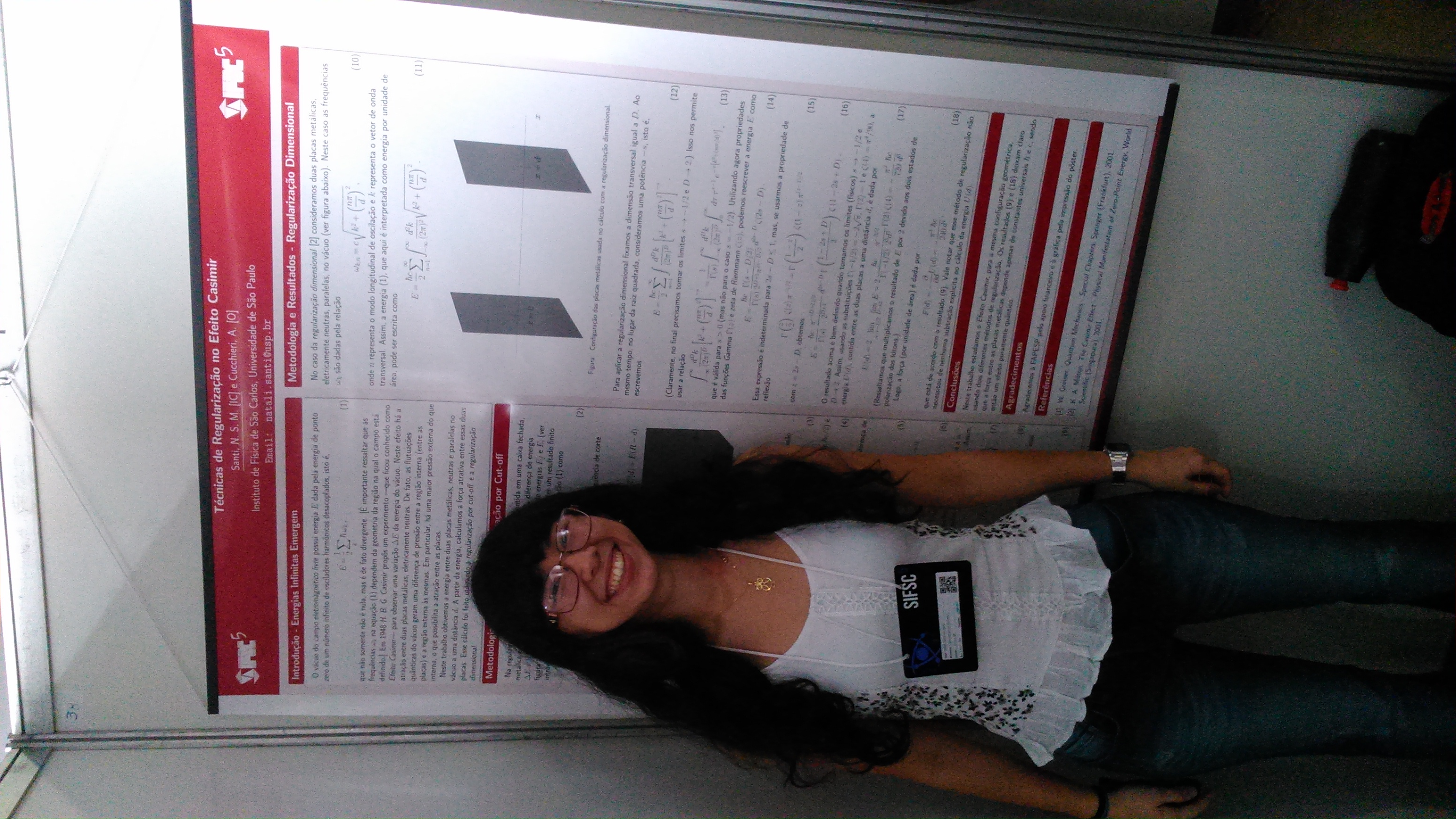
Figure 5: A pic of me, presenting some results related to Casimir’s effect
At my final semester I could present my research concerning to Casimir effect. And the last disciplines that I followed were:
- Quantum Mechanics II: in the second part of my Quantum Mechanics we followed Cohen-Tannoudji’s book, vol 2 and I, the Griffiths’ book again. We started with angular momentum quantization, the hydrogen atom, scattering, Yukawa’s potential, pertubational theory and Pauli’s exclusion principle. Finally I got satisfied with what I was expecting since the beginning;
- Advanced Physics Laboratory II: my group made a sequence of other interesting experiments, such as Faraday and Zeeman effects, we determined the fraction of the eletric charge and Boltzmann constant, we have done the Fabry-Perot experiment and x-ray diffraction. The final experiment was nothing more than the photoeletric effect. We were able to observed the effect due to different wavelenghts above a surface and measured the fraction Planck constant by electron change as well the work function of the anode.
- Solid State Physics I: this discipline showed me the hard theory behind material Physics, the condensed matter physics. We followed Kittel’s book. We saw since from custal structure, wave difraction, crystal vibrations (phonons), Fermion gas, energy bands to semiconductors.
- Physics of Everyday Life - Theory and Practice: this was my second optative discipline. And yeah, at the last semester I wanted to relearn how to explain Physics in a simple way, not needing to recover to hard math. And I noticed that I really needed this.
The end or the new beginning?
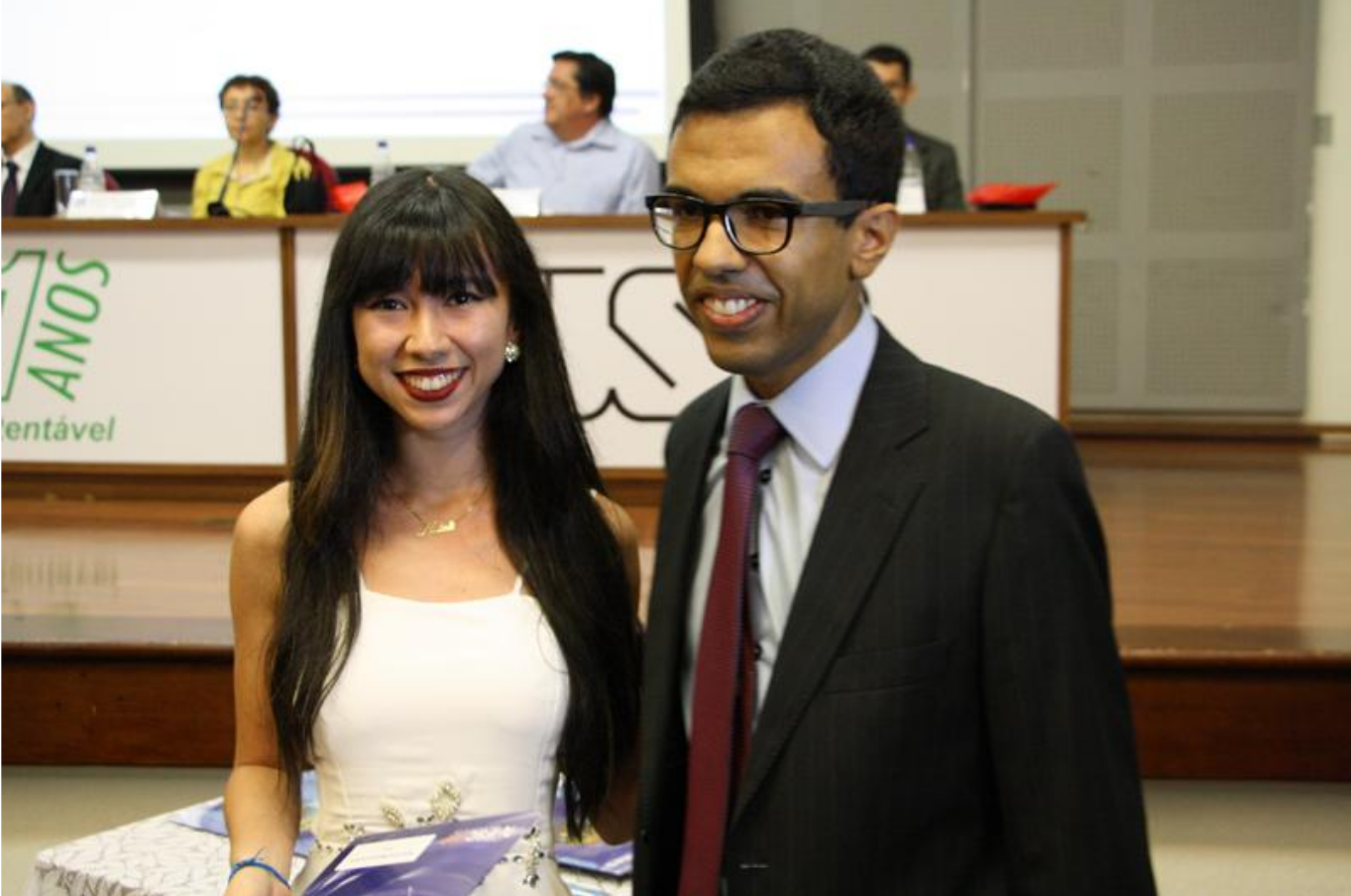
Figure 6: A pic of Professor Rodrigo Pereira and me, in the graduation ceremony
And everything finished on December 16, in 2015, with the graduation ceremony. From the original group, only 9 students finished, being 3 women and I was one of them! We were pleased that Professor Rodrigo Pereira, our Physics 1 and 2 professor, accepted to be our paranymph. Of course I learned a lot of Physics, programming and other of stuff, but the most important thing that I can take are the connections that I have done, the amazing Professors and friends that I could made in all those 4 years.
Looking back now, I know that I followed my heart doing Physics, my passion. I hope that the the Natalí of 17 years old, would be proud of this achievement as well, and by all the path that I am building.

